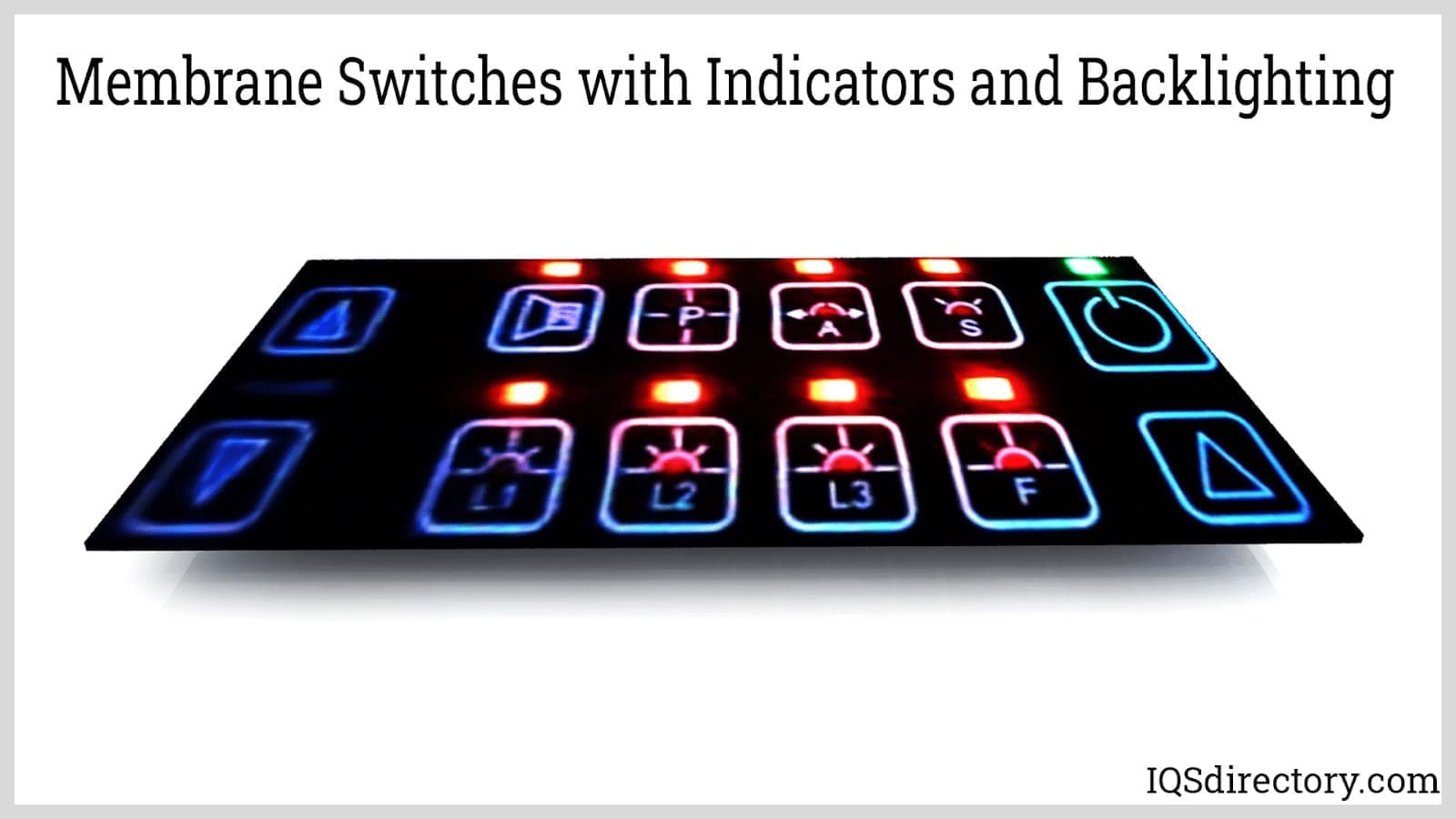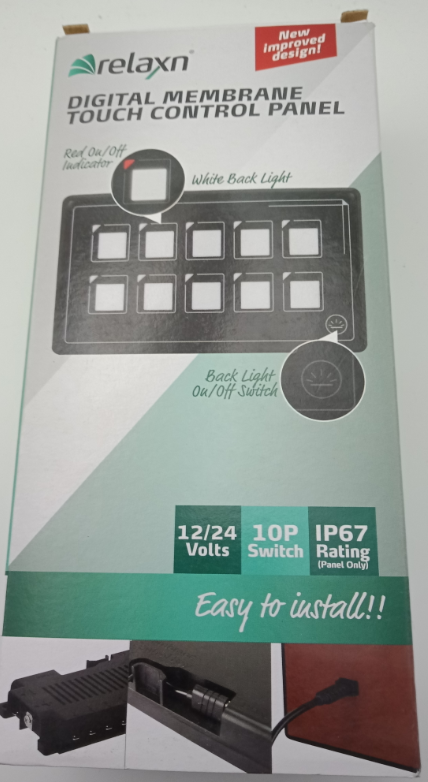Exploring the Different Types and Features of a Membrane Switch
Understanding Membrane Layer Changes: The Secret to Resilient and Reputable Controls
Membrane layer changes represent a vital element of modern-day user interface design, mixing functionality with durability in various applications. As we explore the ins and outs of membrane layer buttons, it becomes clear that their function in improving control systems is both complex and profound, raising questions regarding exactly how finest to utilize their capabilities in future developments.
What Are Membrane Buttons?
Membrane buttons are a sophisticated remedy in the world of interface technology, combining functionality and layout seamlessly. These tools offer as an interface between individuals and digital systems, incorporating numerous parts right into a portable format. Generally created from versatile, thin layers of materials, membrane buttons are made to react to touch, enabling individuals to engage with machinery and electronic devices properly.
The main aspects of a membrane switch include a published circuit layer, visuals overlay, and a spacer layer that stops unintended activation. The visuals overlay can be personalized to show brand name identity or user choices, improving looks while ensuring use. Membrane switches are generally utilized in numerous applications, including clinical gadgets, consumer electronic devices, and commercial devices, owing to their toughness and resistance to ecological variables such as wetness and dust.
Among the vital benefits of membrane layer switches is their ability to stand up to deterioration, making them excellent for high-traffic atmospheres. Furthermore, they are light-weight and need minimal area, permitting innovative layouts in item growth. Overall, membrane changes stand for a reliable and functional choice for modern digital user interfaces, marrying modern technology with user-centric design principles.

Just How Membrane Changes Job
The procedure of membrane changes hinges on a simple yet reliable device that translates user input into digital signals. When an individual presses the switch, the top layer warps, allowing a conductive aspect in the circuit layer to make contact with a matching conductive pad on the bottom of the visuals overlay.
The style of membrane switches can differ, but they frequently integrate domes or tactile elements to supply responses to the customer, enhancing the total experience. The products made use of in membrane switches, such as polyester or polycarbonate, add to their toughness and resistance to ecological variables, including moisture and dirt. The printed circuits are normally encapsulated, which protects them from wear and tear over time.

Benefits of Membrane Buttons
Among the key benefits of membrane layer switches is their adaptability in layout, enabling them to be personalized to satisfy certain customer needs and visual demands. This flexibility expands to various sectors, where different shapes, sizes, and shades can be used to boost user communication and aesthetic appeal.
Additionally, membrane switches are understood for their toughness. Constructed from durable products, they are resistant to dirt, moisture, and physical wear, which considerably extends their life-span contrasted to traditional mechanical switches. This toughness makes them especially appropriate for high-traffic environments and applications needing long life.

Furthermore, membrane layer buttons use a streamlined profile, bring about a thinner design that can be incorporated right into numerous tools without including mass. This function not just improves the aesthetic charm however also adds to a more ergonomic product design.

Applications of Membrane Layer Buttons
Easy to use and versatile, membrane switches locate applications across a large range of sectors, including clinical devices, consumer electronics, and commercial equipment. In the clinical field, these switches are indispensable to gadgets such as analysis tools, client monitoring systems, and infusion pumps, where dependability and ease of cleansing are important. Their capacity to hold up against rough environments and preserve functionality makes them suitable for such applications.
In more information customer electronics, membrane layer buttons are utilized in items like microwaves, washing devices, and push-button controls - membrane switch. Their sleek design permits for instinctive customer interfaces, enhancing the total user experience while giving longevity and resistance to damage
Commercial equipment additionally gains from membrane layer switches, particularly in control panels for equipment and automation systems. These buttons supply security against dirt and wetness, ensuring regular performance in challenging settings. Their adjustable attributes allow producers to customize them to details operational demands, enhancing performance and capability.
Choosing the Right Membrane Switch
When picking a membrane layer button, it is necessary to think about numerous factors that influence efficiency and viability for specific applications. The main considerations consist of ecological problems, tactile responses, toughness, and layout specifications.
First, analyze the operating setting; buttons revealed to wetness, chemicals, or severe temperature levels need particular materials to guarantee long life and capability. Next, evaluate the need for responsive feedback. Relying on individual communication, some applications might take advantage of a tactile reaction to verify activation, while others may like a non-tactile style for aesthetic reasons.
Sturdiness is one more essential variable; membrane buttons ought to be made to hold up against regular usage, effects, and abrasion. Make sure the chosen button can sustain the anticipated lifecycle, especially in high-usage situations.
Final Thought
In conclusion, membrane layer changes offer as crucial elements in the design of long lasting and trusted control systems throughout various industries. The versatility of membrane switches allows for tailored options that meet details operational demands, enhancing their value find here in modern innovation.
Membrane switches over represent a critical aspect of modern interface design, mixing capability with resilience in numerous applications.Membrane layer buttons are a sophisticated remedy in the realm of user interface innovation, integrating capability and style seamlessly. click here for more Generally built from versatile, thin layers of products, membrane switches are created to respond to touch, allowing customers to communicate with equipment and digital devices properly.
The layout of membrane buttons can vary, but they commonly integrate domes or responsive aspects to give responses to the customer, enhancing the total experience.In verdict, membrane switches over offer as vital parts in the layout of dependable and long lasting control systems throughout different industries.